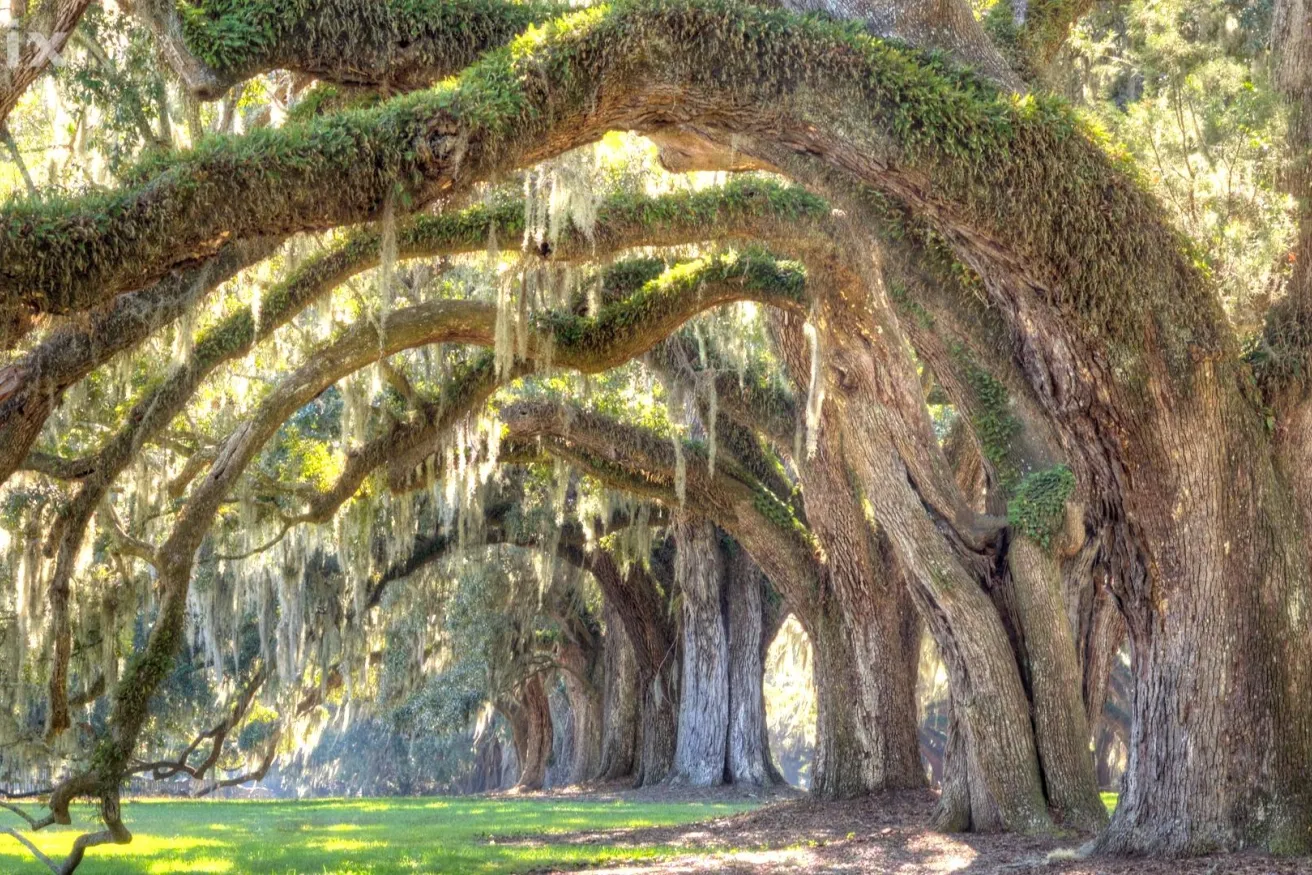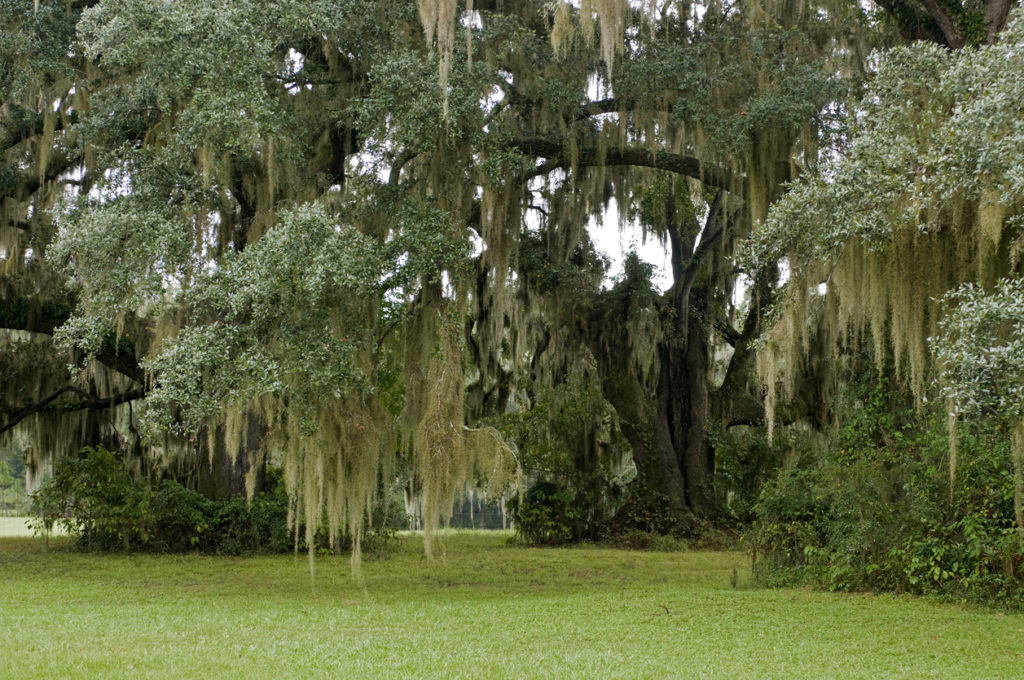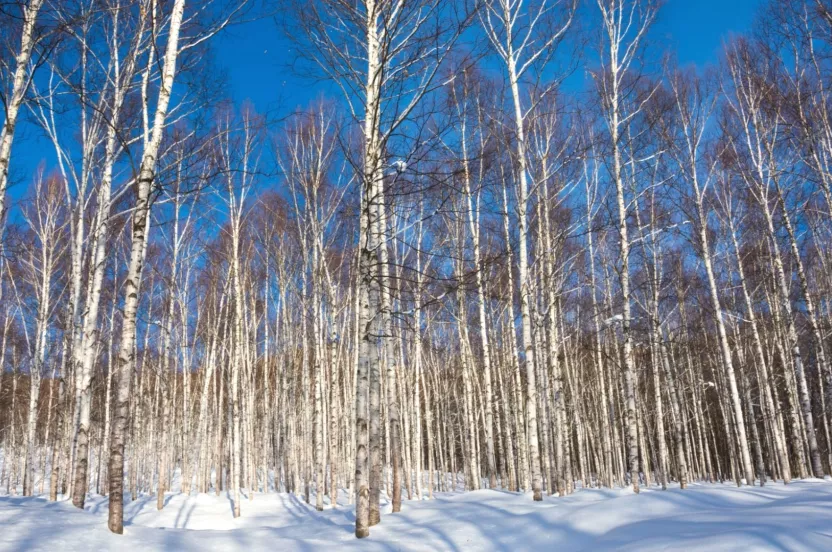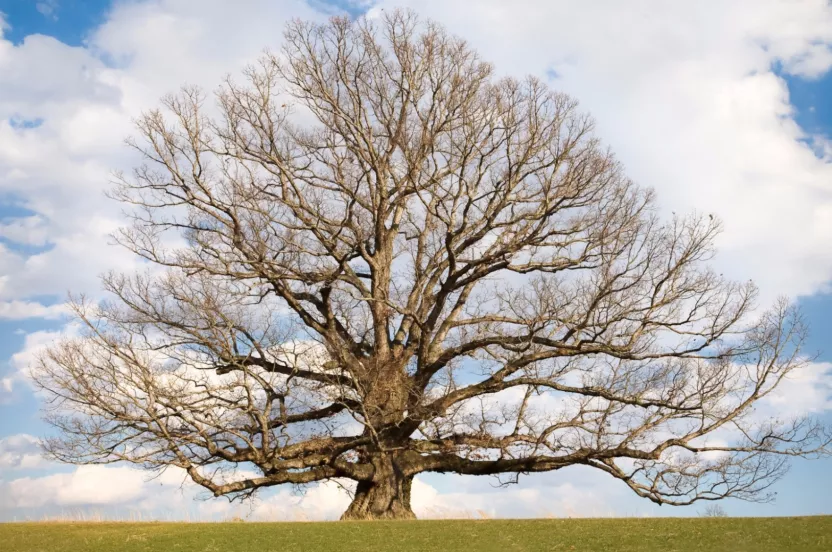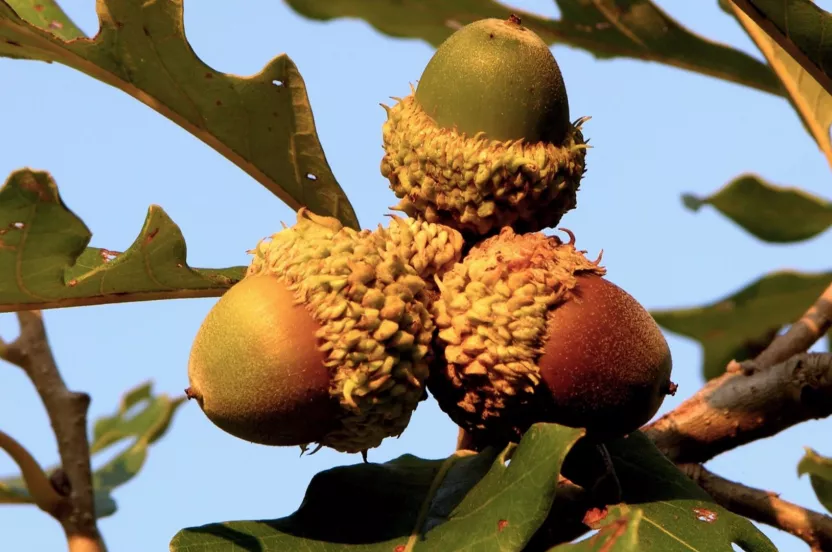The Arbor Day Foundation is pledging 10 million trees to areas impacted by hurricanes Helene, Milton Help us replant
Quercus virginiana
Did you know the first three forestry laws passed by American Congress were aimed at protecting live oak? Live oak was so valuable to America’s security that it prompted the government to take measures toward protecting it. It was widely used in shipbuilding. But when a secretary of the navy discovered that almost half the live oaks from southern coastal lands were gone —much of it exported to foreign nations —it prompted president John Adams to persuade congress to establish a plantation to grow future crops. The Naval Appropriations Act of 1828 allowed the navy to maintain oak forests for their exclusive use.
A lot can be said about a tree so beloved it inspired the administration to preserve it. Once metal began to replace wood in shipbuilding, the live oak transitioned from a staple in vessels to a shade tree, and with good reason. The tree’s branches spread nearly twice the distance of its height and form rounded canopies, making it ideal in the heat of the south.
What’s in a Name?
The live oak earned its common name because it is one of a few broad-leaf trees that retains its green foliage year-round, similar to an evergreen. Other common names include Virginia live oak, Louisiana live oak, southern live oak, Spanish oak and Spanish encina. The live oak is the namesake of Live Oak, Florida and the state trees of Georgia.
In the landscape
The arresting beauty of the live oak doesn’t go unnoticed. Live oak trees are often draped in Spanish moss, alluding a sense of romance and mystique on old southern plantations. It is the most widely planted landscape tree in Texas. They live for hundreds of years and can reach up to 80 feet. In addition to the tree’s physical beauty, it is hardy and generally care-free —although it can fall victim to deadly oak wilt, a battle Austin, Texas has lost thousands of oak trees to. It grows in a wide range of soils (zones 7-10) and tolerates salt spray and soil compaction. What’s more interesting about the live oak is that its character can change with location. In the south, the tree keeps its leaves year-round, but in northern parts of its range, the tree sheds its leaves in the fall and can assume a dwarf form on drier sites.

